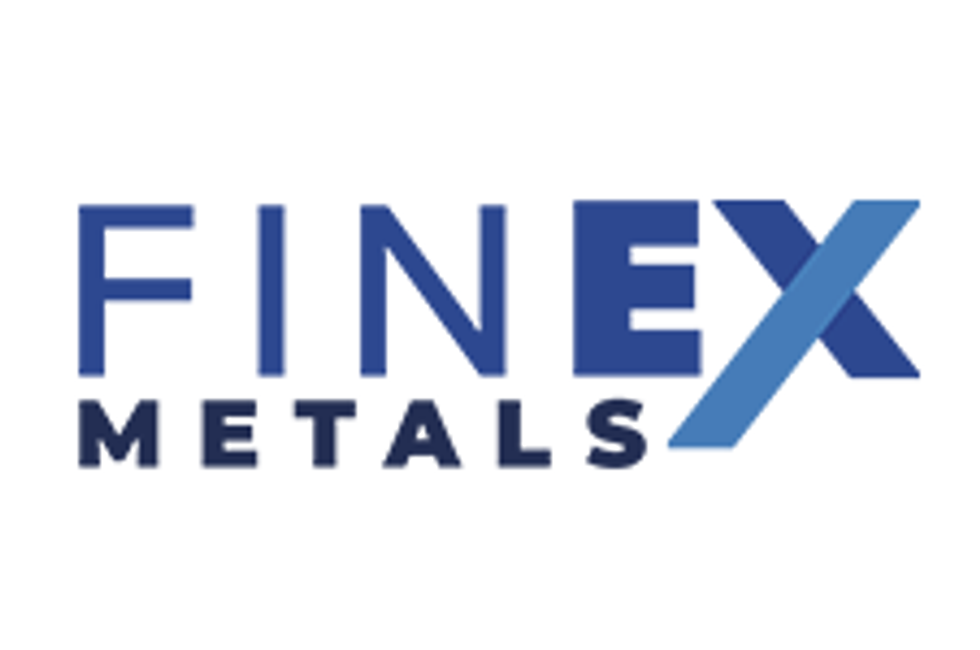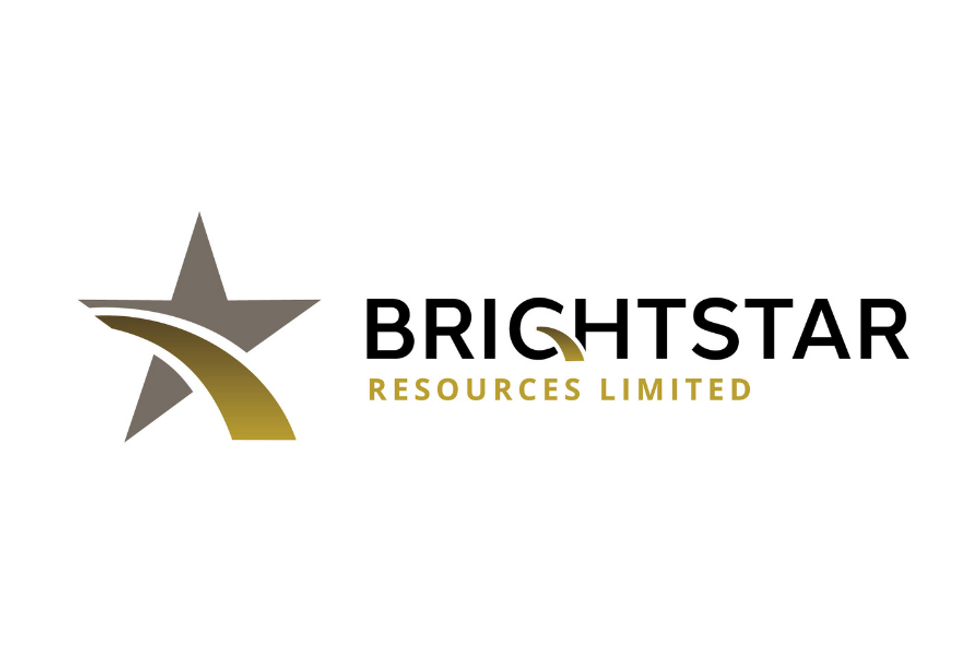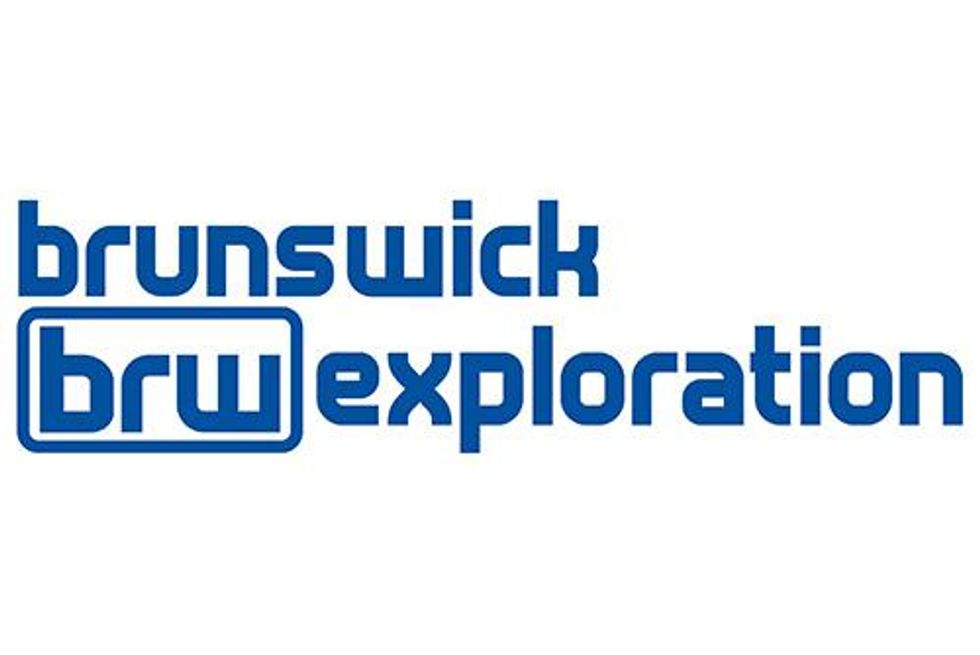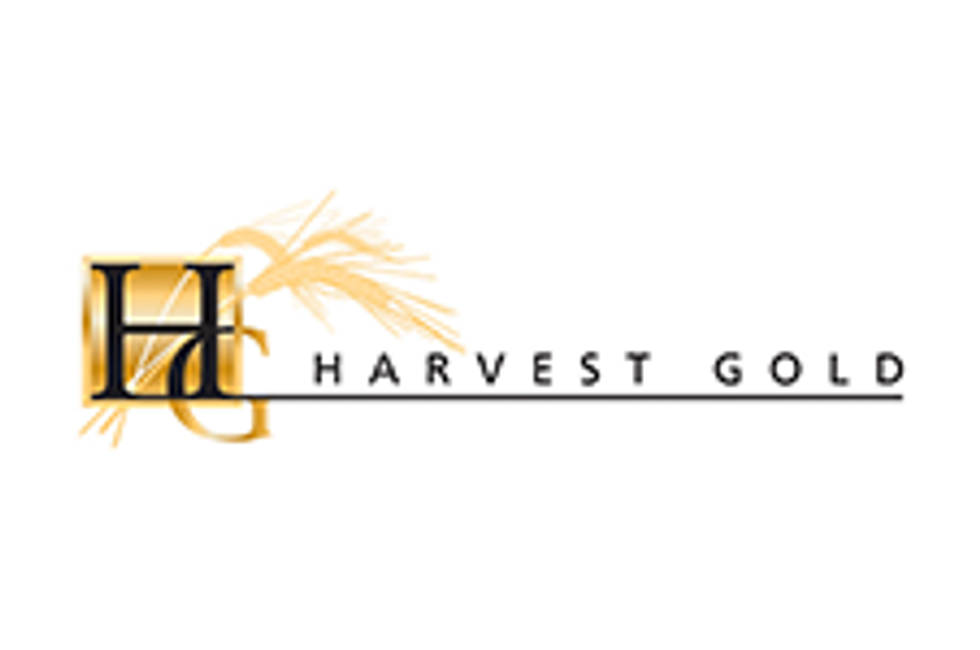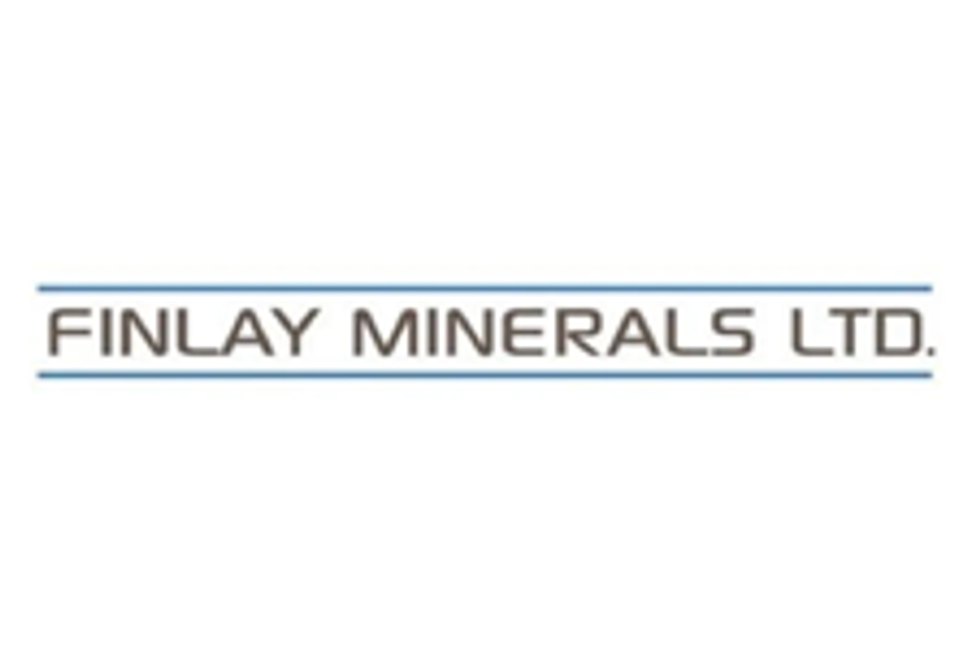Erdene Receives Positive Metallurgical Results for its Bayan Khundii Gold Project
Erdene Resource Development Corp. (TSX:ERD) (“Erdene” or “Company”) is pleased to announce that it has received positive results from Phase I-2017 metallurgical testing conducted by Blue Coast Research Ltd. (“BCR”) on its 100%-owned Bayan Khundii Gold Project (“Bayan Khundii”) in southwest Mongolia.Highlights Metallurgical results from two master composites indicate the gold from Bayan Khundii is …
Highlights
- Metallurgical results from two master composites indicate the gold from Bayan Khundii is free milling and amenable to conventional processing techniques.
- Results for two master composite samples included:
- BK-16-03 (4.3 g/t gold): Gold recovery after 48-hours was 96% whereas the 96-hour gold recovery was 97% with a grind size of 80% passing 60 micron, 40% solids and 1.0 g/L NaCN.
- BK-16-04 (4.47 g/t gold): Received full optimization testwork, including variation on grind size, residence time, and sodium cyanide dosage (consumption) as well as assessing the impact on overall recoveries when initial gravity recovery was applied. Gold recoveries, using a target grind size of 80% passing 60 micron, ranged from 91% to 93.4% after 48-hours with overall gold recovery of 95% after 96-hours.
- Grindability studies reported a Bond Rod Mill Work Index of 17.8 kWh/tonne and a Bond Ball Mill Work Index of 16.1 kWh/tonne.
- Phase II testing, focussed on material in the 1.5 g/t to 3 g/t gold range, will continue through Q1-2018.
Phase I-2017 Metallurgical Testwork Summary
The Phase I-2017 metallurgical testing program for Bayan Khundii is the second metallurgical testing program completed to date. The initial metallurgical testwork in 2016 tested two representative, master composite samples from Erdene’s initial 2015 drill program at Bayan Khundii. This 2016 testwork included 15 widely spaced drill holes in the Gold Hill and Striker Zones, testing the top 50 metres of the target areas. The results were very encouraging with 99% recovery on the high-grade sample (25.9 g/t gold) and 92% on the low-grade sample (0.7 g/t gold) using a combination of gravity and leach.
The 2017 metallurgical program has been separated into two phases (I and II) to allow for the completion of the 2017 drill program and the production of composites and master composites that are representative of, and best reflect the anticipated average grades of, the gold mineralized system. The objective of Phase I was to provide recovery data on moderately high-grade master composites, assess the recovery variability of the low-grade material to assist in determining optimal cut-off grades, provide grindability data and to complete an initial assessment on the amenability of the low-grade material to heap leach processes. The Phase II program is designed to test variability and ultimately recovery of a collection of composites followed by master composites. Phase II sampling and testing is expected to be initiated in Q4-2017 and continue through Q1-2018.
Master Composite Testing
Two master composite samples were collected from throughout the Striker Zone down to a vertical depth of 100 metres. Individual samples were collected from split drill core from more than 20 different drill holes in each sample with a total combined sample weight of 41 kilograms per composite. The head grades of the two composite samples were 4.30 g/t gold (sample BK-16-03) and 4.47 g/t gold (sample BK-16-04). As the Company advances Bayan Khundii and gains a better understanding of potential mineralized domains it will complete further testwork on lower grade material (1.5 to 3 g/t gold).
Master composite sample BK-16-03 received only leach testing, whereas master composite sample BK-16-04 received full optimization testwork, including variation on grind size, residence time, and sodium cyanide dosage (consumption) as well as assessment of the impact on overall recoveries when initial gravity recovery was applied.
| Table 1. Overall Circuit Recoveries for the two Master Composites, 48 hr. leach | ||||
| Master Composite | Head Grade | Gravity | 48 hr. Leach | Combined |
| BK-16-03 | 4.30 | – | 96 | 96 |
| BK-16-04 | 4.47 | 41 | 88* | 92 |
| * % of the gold remaining in the gravity tails | ||||
Sample BK-16-03
Leach Testwork
A single test was completed on sample BK-16-03, as a single 96-hour leach test with a grind size of 80% passing 60 micron, 40% solids and 1.0 g/L NaCN. Gold recovery after 48-hours was 96% whereas the 96-hour gold recovery was 97%, indicating a 48-hour period will recover most of the available gold.
Sample BK-16-04
Primary Grind Size
As expected, the highest recovery is associated with the finest grind. An additional 4% in recovery is gained from decreasing the particle size from 160 micron to 60 micron. Gold recovery with a primary grind size of 80% passing 161 micron was 87%. A primary grind of 80% passing 60 micron resulted in an average gold recovery of 91%. Further evaluation of the primary grind size should be conducted on a lower grade composite.
Extended Cyanidation Residence Time
A single test was conducted for a total leach time of 96-hours. The material was ground to 80% passing 60 micron prior to the bottle roll. The standard cyanidation conditions used 40% solids, 1.0 g/L NaCN. Gold recovery after 48-hours was 93.4%, with overall gold recovery of 95% after 96-hours, indicating a 48-hour period will recover most of the available gold, as was noted for sample BK-16-03.
Gravity and Cyanidation Test
A combined gravity and cyanidation test was conducted to determine if the addition of gravity ahead of cyanidation would yield any additional recovery. For this work a 10-kilogram test charge was ground in a laboratory rod mill to 80% passing 60 micron. The ground charge was processed through a laboratory-scale Knelson centrifugal concentrator (MD-3). 41% of the gold reported to the gravity concentrate at a grade of 205 g/t. A subsample of the gravity tails was then leached in a standard bottle roll for 48-hours (40% solids; 1.0 g/L NaCN). Gold recovery through cyanidation was 88%. Combining the results of both tests resulted in an overall gold recovery of 92%. This is in line with the baseline cyanidation results and suggests that initial gravity separation will not increase the overall gold recovery, but could be incorporated into the Bayan Khundii flowsheet to ensure the coarsest gold is removed early in the process and minimize the amount of gold that could be caught in gold traps throughout the plant.
Variability Testing of Low-Grade Material
The Phase I-2017 metallurgical program included a study assessing the potential impact on gold recoveries with increasing depth and variation in character of the low-grade mineralized material. The work included 16 primarily low-grade composite samples that ranged in head grade from 0.37 g/t gold to 2.29 g/t gold, with an average grade of 0.75 g/t gold. Applying standard leach parameters, gold recovery of these low-grade samples averaged 85% after 48-hour leach. Two samples of Striker Zone mineralization, without any vertical constraint and with head grades of 2.30 g/t Au and 1.18 g/t gold, returned recoveries of 93% and 91% respectively. These tests targeted primary grind sizes of 80% passing 60 micron. Very low-grade material from eight composite samples with an average head grade of 0.55 g/t gold returned a recovery of 84% after 48-hour bottle roll tests at a particle size of 58.4 micron. There was some indication that the areas under younger, post-mineralization cover to the north of the Striker Zone may be slightly harder than the Striker Zone area (as evidenced by coarser grind sizes), however recoveries remained consistent supporting additional study on optimizing the primary grind size. Results from the master composite samples, and from lower grade Striker Zone material unconstrained vertically, indicate that good recoveries can be gained from sample material collected from throughout the vertical sequence, however in the very low-grade material there does appear to be a decrease at greater vertical depth which will need further study once expected head grades are established.
Heap Leach Amenability Testing
A series of coarse bottle roll tests were conducted on a composite of Striker Zone material to evaluate if the material would be amenable to heap leaching. These tests were not designed to predict ultimate heap leach recovery. They were designed as screening tests whereby similar recoveries across all particle sizes would suggest the material may be amenable to heap leaching techniques, while poor recovery in the coarser tests would suggest that conventional tank leaching would be preferred.
These tests were conducted as 72-hour bottle rolls with sodium cyanide addition of 2.0 g/L. The material for the three tests was prepared as 100% passing 6 mesh (3.35 mm), 100% passing 10 mesh (1.7 mm) and 80% passing 69 micron. Gold recoveries were 57% on the 3.35 mm material, 63% on the 1.7 mm material and 83% on the 69 micron grind size. The higher recovery associated with the finer grind size suggests that conventional tank leaching would likely yield higher overall recoveries.
Grindability Testing
Standard grindability tests were used to evaluate the energy requirement to grind material from a pre-defined feed size to a final product size. The Bond Rod Mill Work Index was recorded at 17.8 kWh/tonne and the Bond Ball Mill Work Index at 16.1 kWh/tonne. The grindability tests indicate that Bayan Khundii is moderately hard to hard.
Recommendations for Further Work
Based on the success of this second metallurgical testing program, BCR has recommended additional tests to better study the metallurgical characteristics of Bayan Khundii and further optimize recoveries. It is anticipated that the following studies will be initiated in Q4-2017:
– Additional cyanidation process development work on lower grade composites that reflect the average grade of the Bayan Khundii deposit;
– Further variability testing incorporating composites that represent the full range of head grades and depths within Bayan Khundii;
– An extended gravity recoverable gold (E-GRG) test on a sample representing the average grade of the deposit.
Quality Assurance/Quality Control (“QA/QC”)
Results for the metallurgical test program were provided and approved by Andrew Kelly, P.Eng., of Blue Coast Research Ltd., a Qualified Person for the purpose of National Instrument 43-101. All other technical information in this news release has been reviewed and approved by Michael MacDonald, P.Geo. (Nova Scotia), Vice President Exploration for Erdene,, a Qualified Person as that term is defined in National Instrument 43-101.
All drill result samples have been assayed at SGS Laboratory in Ulaanbaatar, Mongolia. In addition to internal checks by SGS Laboratory, the Company incorporates a QA/QC sample protocol utilizing prepared standards and blanks. Erdene’s sampling protocol for drill core consisted of collection of samples over 1 metre or 2 metre intervals (depending on the lithology and style of mineralization) over the entire length of the drill hole, excluding minor post-mineral lithologies and un-mineralized granitoids. Sample intervals were based on meterage, not geological controls or mineralization. All drill core was cut in half with a diamond saw, with half of the core placed in sample bags and the remaining half securely retained in core boxes at Erdene’s Bayan Khundii exploration camp. All samples were organized into batches of 30 samples including a commercially prepared standard, blank, and either a field duplicate, consisting of two 1⁄4-core intervals, or a laboratory duplicate. Sample batches were periodically shipped directly to SGS in Ulaanbaatar via Erdene’s logistical contractor, Monrud Co. Ltd.
Background on Bayan Khundii Gold Project
In Q2-2015, Erdene conducted an initial exploration program on the southern portion of the Company’s 100%-owned Khundii exploration license in southwest Mongolia where an early rock-chip sampling program revealed multiple very high-grade surface quartz veins that returned up to 4,380 g/t gold. Since that time, the Company has completed a total of 30,728 metres in 198 diamond drill holes, revealing the presence of very high gold grades, with up to 306 g/t gold over 1-metre intervals, within broad mineralized zones, with up to 131 metres of 3.9 g/t gold, including 80 metres of 6.0 g/t gold. High gold values are relatively common with nearly 20% of the 198 holes drilled to date containing one or more 1 metre samples exceeding 30 g/t gold. The Bayan Khundii gold mineralization is associated with quartz adularia veins and breccias, within veins and fractures and disseminated within the altered host rocks. Visible gold has been identified in several drill holes as irregular-shaped grains, however it is generally observed to be fine grained.
The Company has completed a comprehensive exploration program at Bayan Khundii that has included: geological mapping; soil geochemical surveys; additional surface rock chip sampling; a ground magnetic survey; gradient array and dipole-dipole induced polarization surveys.
In addition to the on-going Bayan Khundii drill program, the Company will complete regional exploration and drilling between Bayan Khundii and its Altan Arrow gold-silver project, located 3.5 kilometres north of Bayan Khundii. The Company also has recently completed a follow-up drill program at its neighboring Altan Nar gold-polymetallic project, located 16 kilometres northwest of Bayan Khundii, where it tested newly defined geophysical targets and completed step-out drilling in areas adjacent to its previously reported NI 43-101 mineral resource estimate at Altan Nar. In conjunction with the above work, Erdene will complete an exploration program in 2017 at its newly optioned Ulaan property, immediately west of Bayan Khundii and Altan Arrow (see August 22, 2017 news release).
The Bayan Khundii/Altan Arrow and Altan Nar projects have a 2% net smelter returns royalty (“NSR Royalty”) in favour of Sandstorm Gold Ltd. with a buy-back option to reduce the NSR Royalty to 1%.
About Erdene
Erdene Resource Development Corp. is a Canada-based resource company focused on the acquisition, exploration, and development of base and precious metals in underexplored and highly prospective Mongolia. The Company has four exploration licenses and a mining license in southwest Mongolia. In addition to the Bayan Khundii and Altan Nar projects, other deposits and prospects within these licenses include: Khuvyn Khar – an early-stage, copper-silver porphyry project with multiple drill targets and significant copper intersections; Nomin Tal – a narrow, high grade copper-gold discovery; Zuun Mod – a large molybdenum-copper porphyry deposit; and Altan Arrow – an early-stage gold-silver project. On August 30, 2017 the Company announced it had acquired a 51% interest in the Ulaan license, situated adjacent to its Khundii license which host the Bayan Khundii and Altan Arrow projects. In addition to the above properties, the Company has an Alliance with Teck Resources Limited on regional copper-gold exploration in the prospective Trans Altai region of southwest Mongolia. For further information on the Company, please visit www.erdene.com. Erdene has 145,963,086 issued and outstanding common shares and a fully diluted position of 156,592,160 common shares.
Forward-Looking Statements
Certain information regarding Erdene contained herein may constitute forward-looking statements within the meaning of applicable securities laws. Forward-looking statements may include estimates, plans, expectations, opinions, forecasts, projections, guidance or other statements that are not statements of fact. Although Erdene believes that the expectations reflected in such forward-looking statements are reasonable, it can give no assurance that such expectations will prove to have been correct. Erdene cautions that actual performance will be affected by many factors, most of which are beyond its control, and that future events and results may vary substantially from what Erdene currently foresees. Factors that could cause actual results to differ materially from those in forward-looking statements include market prices, exploitation and exploration results, continued availability of capital and financing and general economic, market or business conditions. The forward-looking statements are expressly qualified in their entirety by this cautionary statement. The information contained herein is stated as of the current date and is subject to change after that date. The Company does not assume the obligation to revise or update these forward-looking statements, except as may be required under applicable securities laws.
NO REGULATORY AUTHORITY HAS APPROVED OR DISAPPROVED THE CONTENTS OF THIS RELEASE
Peter C. Akerley, President and CEO
Ken W. MacDonald, Vice President and CFO
(902) 423-6419
info@erdene.com / www.erdene.com
Twitter: https://twitter.com/ErdeneRes

